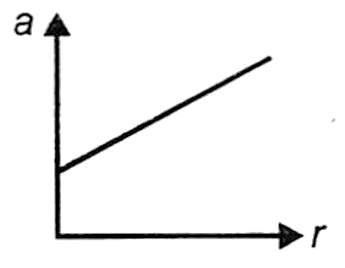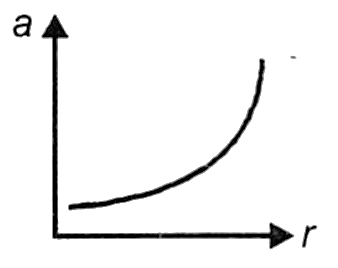 Multiple Choice Questions
Multiple Choice QuestionsA passenger in a moving train tosses a coin upward which falls behind him. It implies that the motion of the train is
accelerated
uniform
retarded
along the circular tracks
In optical instruments, the lenses are used to form image by the phenomenon of
reflection
refraction
scattering
diffusion
B.
refraction
In optical instruments, the rays passes through the lens and form the image after refraction.
A semiconducting device is connected in a series circuit with a battery and a resistance. Current is found to pass through the circuit. If the polarity of the battery is reversed, the current drops to zero. The device may be
p-type semiconductor
n-type semiconductor
an intrinsic semiconductor
p-n junction
If the distance S covered by a moving car in rectilinear motion with a speed v in time t is given by S = vt, then the car undergoes
a uniform acceleration
a non-uniform acceleration
a uniform velocity
a non-uniform velocity
The phenomenon of electromagnetic induction implies a production of induced
resistance in a coil when the magnetic field changes with time
current in a coil when an electric field changes with time
current in a coil when a magnetic field changes with time
voltage in a coil when an electric field changes with time
Light waves are
electro-mechanical waves
electro-magnetic waves
electro-optical waves
magneto-optical waves
A particle is moving in a circular path of radius r at a constant speed v. Which one of the following graphs correctly represents its acceleration a?




Which one of the following circuit elements active component?
Resistor
Transistor
Inductor
Capacitor
Which one of the following processes explains the splitting of a beam of white light into its constituent colours?
Dispersion
Reflection
Diffraction
Polarization
Two bodies A and B having masses m and 4m respectively are moving with equal linear momentum. The ratio of kinetic energies between A and B is
1 : 4
4 : 1
1 : 1
1 : 2
